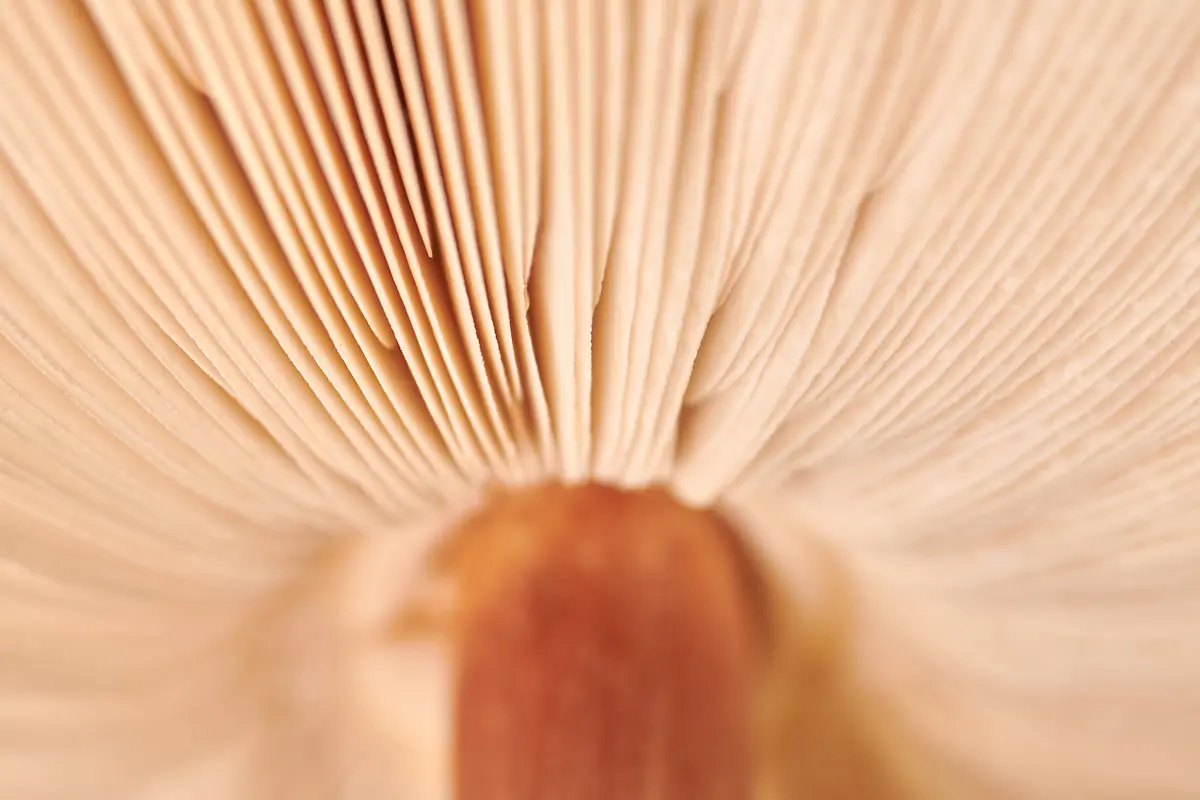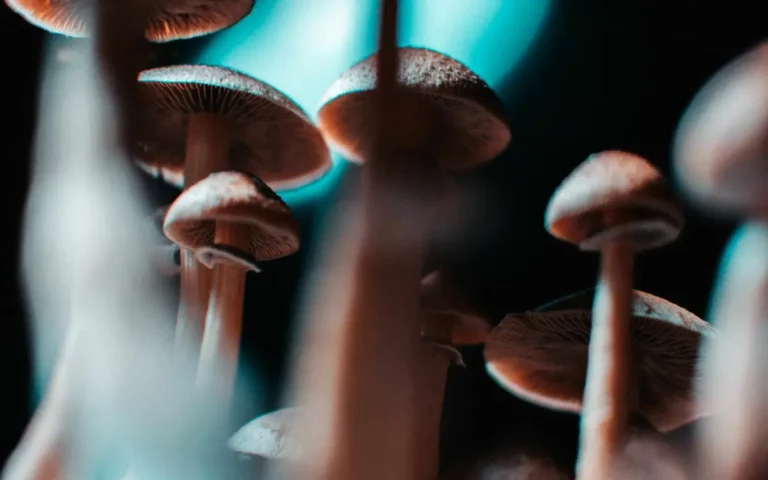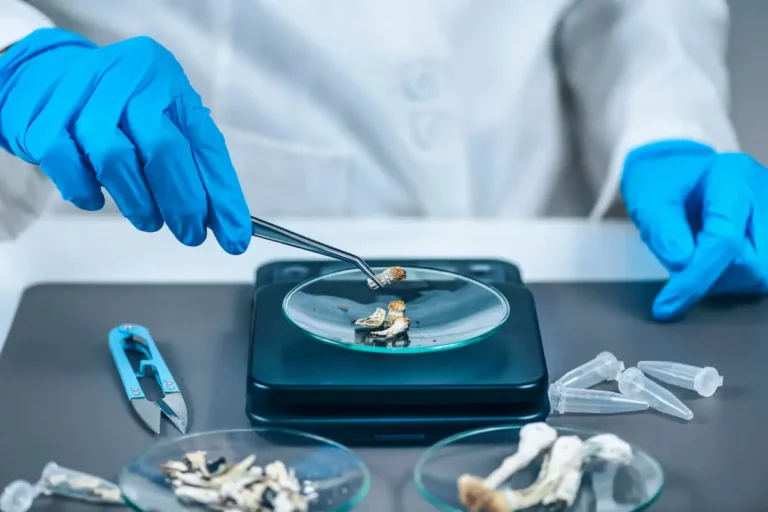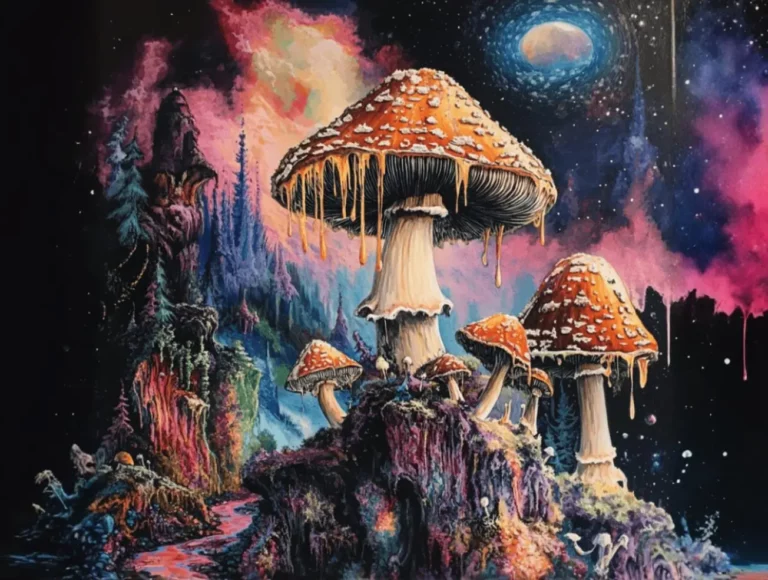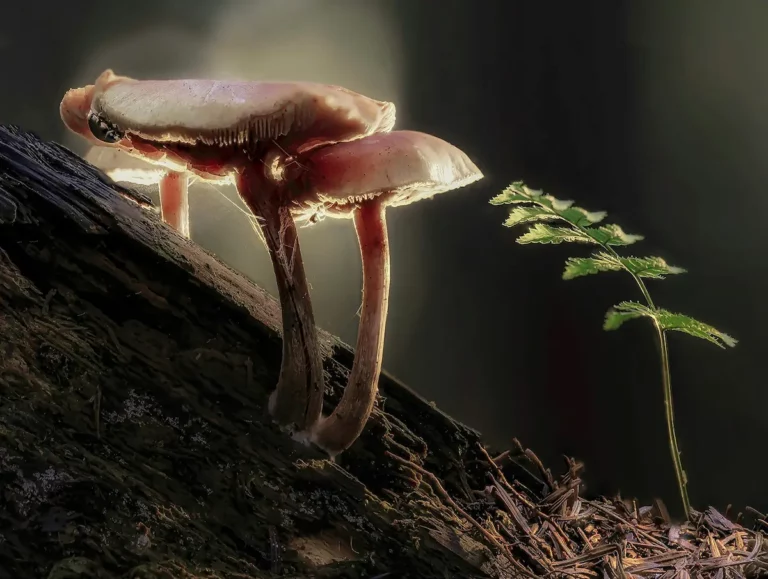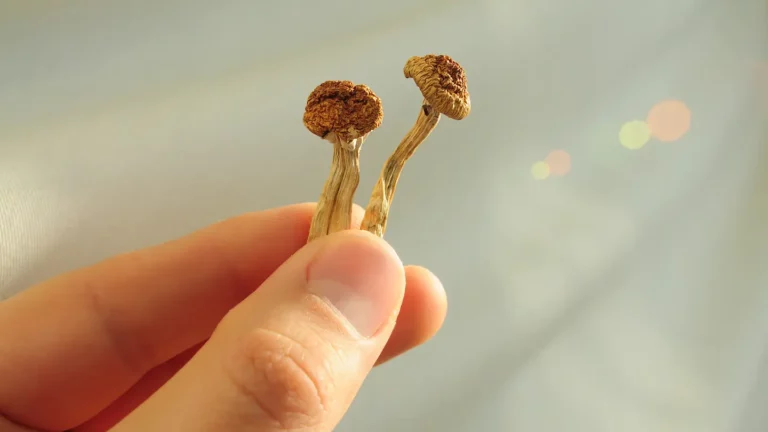How Long Do Shrooms Stay in Your System?
Magic mushrooms, commonly known as shrooms, are a hallucinogen containing the psychoactive compounds psilocybin and psilocin. These substances are known for inducing hallucinations and altered states of consciousness. With the growing interest in the potential therapeutic benefits and recreational use of shrooms, many people wonder about their presence in the body. Specifically, how long do shrooms stay in your system? This guide will explore the pharmacokinetics of psilocybin, detection windows in various types of drug tests, and factors that influence how long shrooms remain in your system.
What Are Shrooms?
Shrooms are fungi that contain the psychoactive compounds psilocybin and psilocin. When ingested, psilocybin is converted into psilocin in the body, which then interacts with serotonin receptors in the brain, leading to the hallucinogenic effects. These effects may include visual and auditory hallucinations, altered perception of time and space, and profound introspective experiences.
How the Body Processes Shrooms
To understand how long shrooms stay in your system, it’s crucial to know how the body processes them. The primary active compound in shrooms is psilocybin, which is rapidly converted into psilocin in the body. Here’s a step-by-step breakdown of this process:
- Ingestion: When you consume shrooms, psilocybin enters the digestive system.
- Conversion: In the stomach and liver, psilocybin is converted into psilocin.
- Absorption: Psilocin is absorbed into the bloodstream and transported to the brain, where it exerts its psychoactive effects.
- Metabolism: Psilocin is metabolized primarily in the liver, producing several metabolites.
- Excretion: These metabolites are excreted from the body through urine, sweat, and feces.
How Long Do Shrooms Stay in Your System?
The duration that shrooms stay in your system depends on several factors, including the type of drug test used, your metabolism, and the dosage consumed. Here’s a detailed look at the detection windows for different types of tests:
Urine Tests
Urine tests are the most common method of drug testing. Psilocybin and its metabolites can typically be detected in urine for up to 24 hours after ingestion. However, in some cases, traces might be detectable for up to three days, especially with higher doses.
Blood Tests
Blood tests can detect psilocybin and psilocin, but only for a short period. These compounds are usually detectable in blood for about six hours after ingestion. Because of this short detection window, blood tests are rarely used for detecting shrooms outside of specific medical or legal situations.
Saliva Tests
Saliva tests are not commonly used for detecting psilocybin, but if administered, psilocybin and psilocin can be detected within a few hours of ingestion. Like blood tests, the detection window is short, typically up to 24 hours.
Hair Tests
Hair tests can detect drug use over a much longer period, sometimes up to 90 days. However, psilocybin and psilocin are rarely tested for in hair. If they were, the detection window could extend to several months, depending on the length of the hair sample tested.
Factors Influencing Detection Time
Several factors can influence how long shrooms stay in your system, including:
- Dosage: Higher doses of shrooms will take longer to be metabolized and excreted from the body.
- Frequency of Use: Regular users may have longer detection windows due to accumulation in the body.
- Metabolism: Individuals with faster metabolisms will process and eliminate psilocybin more quickly.
- Body Mass and Composition: Body fat and overall body mass can affect how long substances stay in your system.
- Hydration and Diet: Hydration levels and diet can influence the rate at which psilocybin is metabolized and excreted.
Understanding the Effects of Shrooms
To better understand how long shrooms stay in your system, it’s helpful to know the timeline of their effects:
- Onset: The effects of shrooms typically begin within 30 minutes to an hour after ingestion.
- Peak: The peak effects usually occur between one to three hours after consumption.
- Duration: The overall experience can last between four to six hours, depending on the dose and individual factors.
- Aftereffects: Some after effects, such as changes in mood or perception, can linger for several hours after the primary effects have worn off.
You can also find more detailed information about so-called psilocybin retreats in the blog post “Psilocybin Retreats: Lasting Healing and Growth”.
Can You Speed Up the Elimination of Shrooms?
While the body will naturally metabolize and excrete psilocybin over time, there are a few things you can do to potentially speed up the process:
- Stay Hydrated: Drinking plenty of water can help flush out metabolites through urine.
- Exercise: Physical activity can boost metabolism and promote the elimination of toxins through sweat.
- Healthy Diet: Eating a balanced diet can support overall metabolic health and aid in the excretion process.
- Avoid Alcohol: Alcohol can interfere with metabolism and prolong the presence of psilocybin in your system.
These are in no way a guarantee that psilocybin will be fully metabolized from the body as with any other substance you have to let this one take its course.
Legal and Safety Considerations
The legal status of shrooms varies widely around the world. In some places, they are decriminalized or legal for medical and therapeutic use, while in others, they are strictly prohibited. Before using shrooms, it’s essential to understand the laws in your area.
Additionally, shrooms can have powerful psychoactive effects, and safety should always be a priority. Here are some tips for safe use:
- Start with a Low Dose: If you are new to shrooms, start with a low dose to gauge your reaction.
- Set and Setting: Ensure you are in a safe, comfortable environment with trusted individuals.
- Stay Hydrated: Drink water to stay hydrated, especially if you experience dry mouth or sweating.
- Avoid Mixing Substances: Mixing shrooms with other substances, including alcohol, can increase the risk of negative effects.
- Have a Trip Sitter: Having a sober person present can help manage any unexpected reactions and provide support if needed.
The Role of Psilocybin in Modern Medicine
In recent years, there has been a resurgence of interest in the potential therapeutic uses of psilocybin. Research has shown promise in using psilocybin-assisted therapy for conditions such as depression, anxiety, PTSD, and end-of-life distress. Clinical trials have demonstrated that, when used in a controlled and supportive setting, psilocybin can lead to significant improvements in mental health.
In a therapeutic setting, psilocybin is administered in a controlled environment with professional guidance. This approach helps ensure safety and maximizes the potential benefits of the psychedelic experience. Patients often report profound insights, emotional breakthroughs, and lasting positive changes in their mental health.
If you are interested in learning more about psilocybin research, take a look at our blog post “Unearthing the Potential of Psilocybin Research”.
Microdosing for Mental Health
Microdosing, or taking very small, sub-perceptual doses of psilocybin, has gained popularity as a potential way to enhance creativity, focus, and emotional well-being. While research on microdosing is still in its early stages, anecdotal reports suggest it may offer benefits without the intense experiences associated with higher doses.
We also have more information about microdosing in our blog highlighting the stamets protocol as well as our post “Promises and Pitfalls of Microdosing Psilocybin”.
Conclusion
In summary, how long do shrooms stay in your system? The answer depends on several factors such as individual metabolism, and the dosage consumed. Generally, psilocybin and its metabolites are detectable in urine for up to 24 hours, in blood for about six hours, and potentially in hair for several months, though hair testing for shrooms is rare. This is all dependent on the type of drug test being used.
Understanding the factors that influence the detection window, such as dosage, frequency of use, metabolism, and body composition, can help you better manage the presence of shrooms in your system. While you cannot significantly speed up the elimination process, staying hydrated, exercising, and maintaining a healthy diet can support your body’s natural metabolism.
As interest in the therapeutic potential of psilocybin grows, it’s essential to stay informed about the legal and safety considerations surrounding shrooms. By using shrooms responsibly and understanding their effects on the body, you can have a safer and more meaningful experience.

